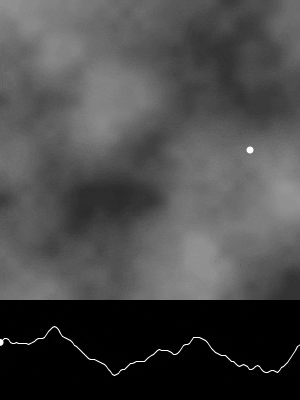This beginner level TouchDesigner tutorial uses 1D looping noise for the purpose of creating infinite tunnel zooms that start and stop in the same spot (okay, technically not infinite, but it does feel like it goes on forever!) We will also look at a technique for getting smooth camera motion and more generally explore methods for manipulating instanced geometry.
For info on how to export your final video as a looping GIF or video see the previous tutorial in this series.
If you have questions, comments, suggestions or corrections please leave them below, and thanks for watching and reading!
TouchDesigner Build: 2019.14650 or later. Download an example .toe file here.
Topic Timestamps:
00:10 - Intro
02:04 - 1D looping noise
06:32 - Building the render network
08:08 - Initial instance setup
09:11 - Orienting geometry to a path
13:17 - Geometry viewer setup
14:05 - Camera motion (and geometry density)
20:16 - Smooth camera motion
27:55 - Line MAT
29:27 - Scale and color
34:00 - Taking it further
Looping a Value with Noise
Golan Levin’s GIF that explains how a value can be looped with noise.
This series of tutorials was inspired by Étienne Jacob’s blog post Drawing from noise, and then making animated loopy GIFs from there. Stemming from this post was Golan Levin’s visualization of the technique (left), which shows how one can use a circular path to create a 1D loop of noise. You can find the Processing code for his visualization here.
Unlike using the “constraint” parameters in the Noise CHOP, this method lets us create looping noise with a relatively smooth slope throughout. These gradual changes in slope yield smooth motion without bumps and jerkiness that loops - perfect for randomizing values. You can either use it for instancing (as is the case in this tutorial) or use it as a lookup table with the Lookup CHOP and ramp from an LFO CHOP. The latter provides a time slice which can be mapped to any parameter for a looping random value.


